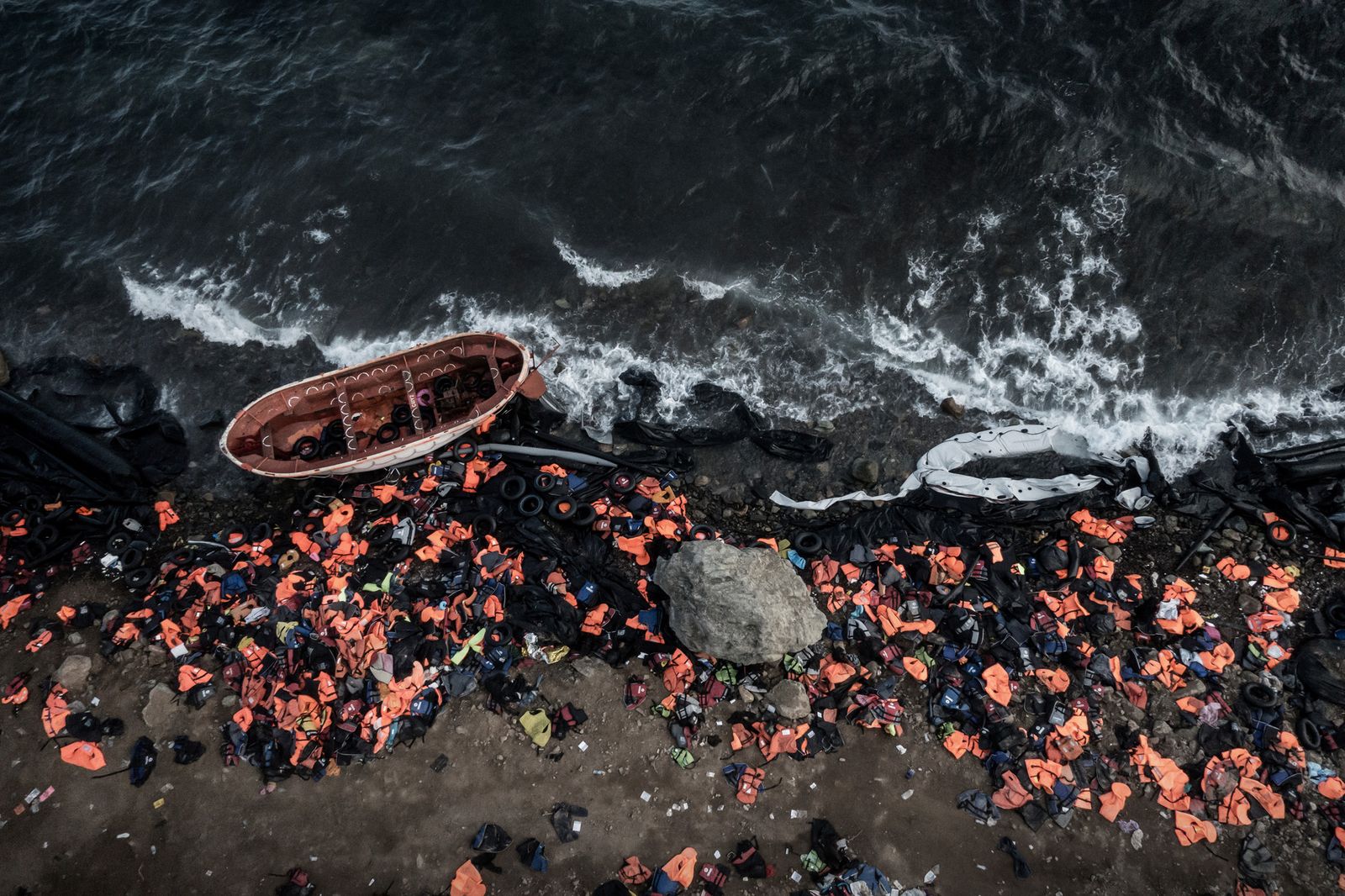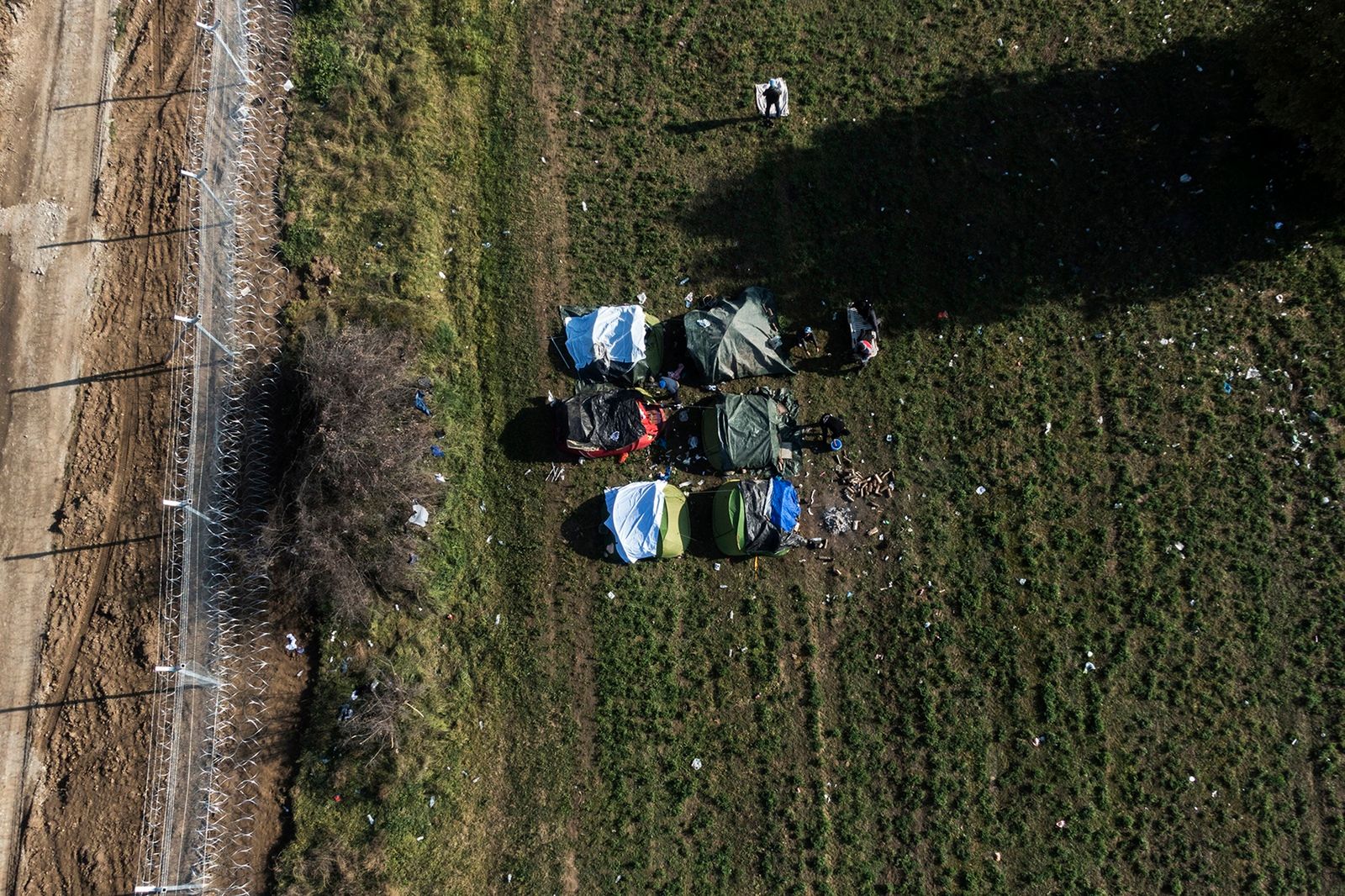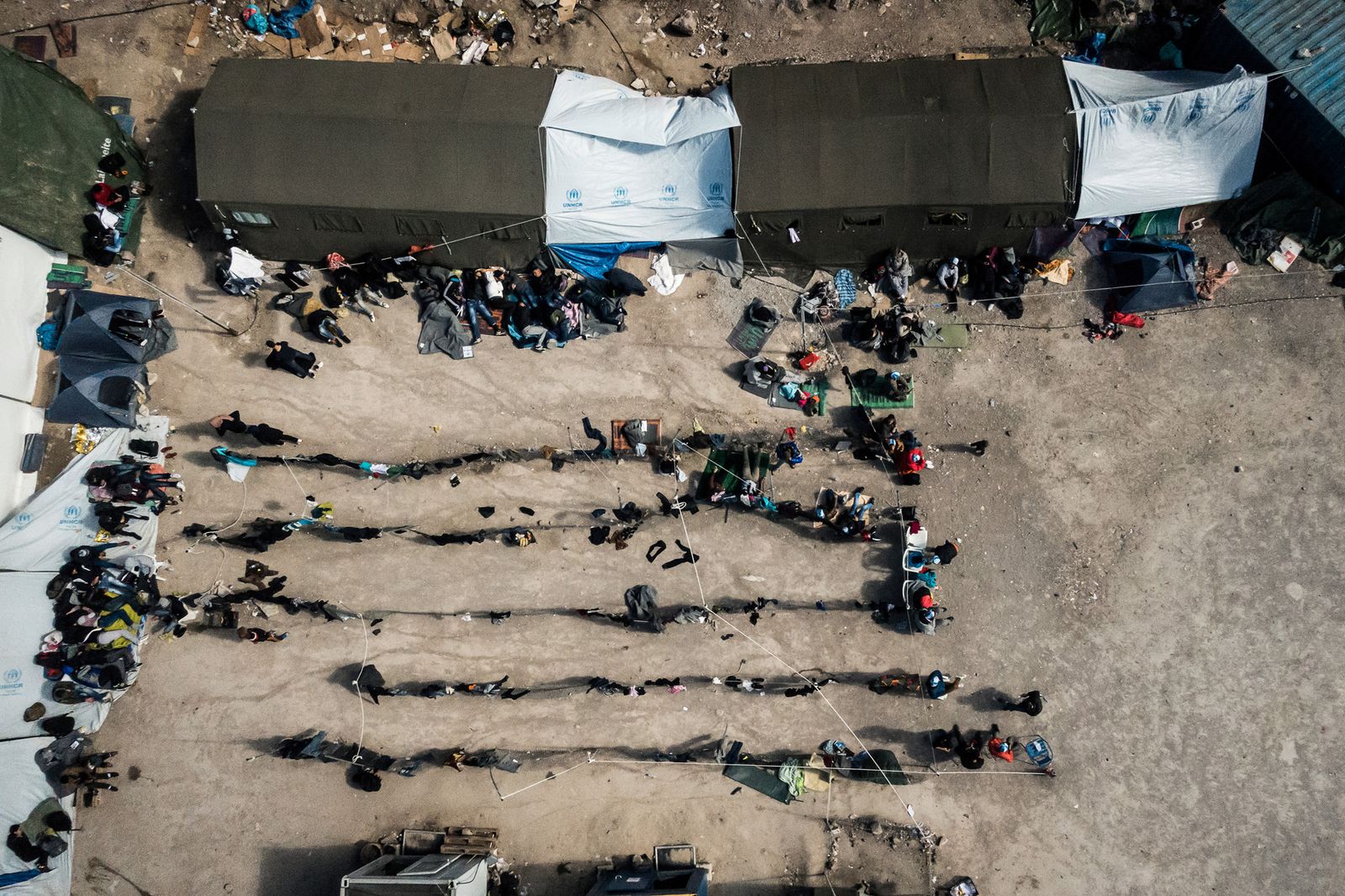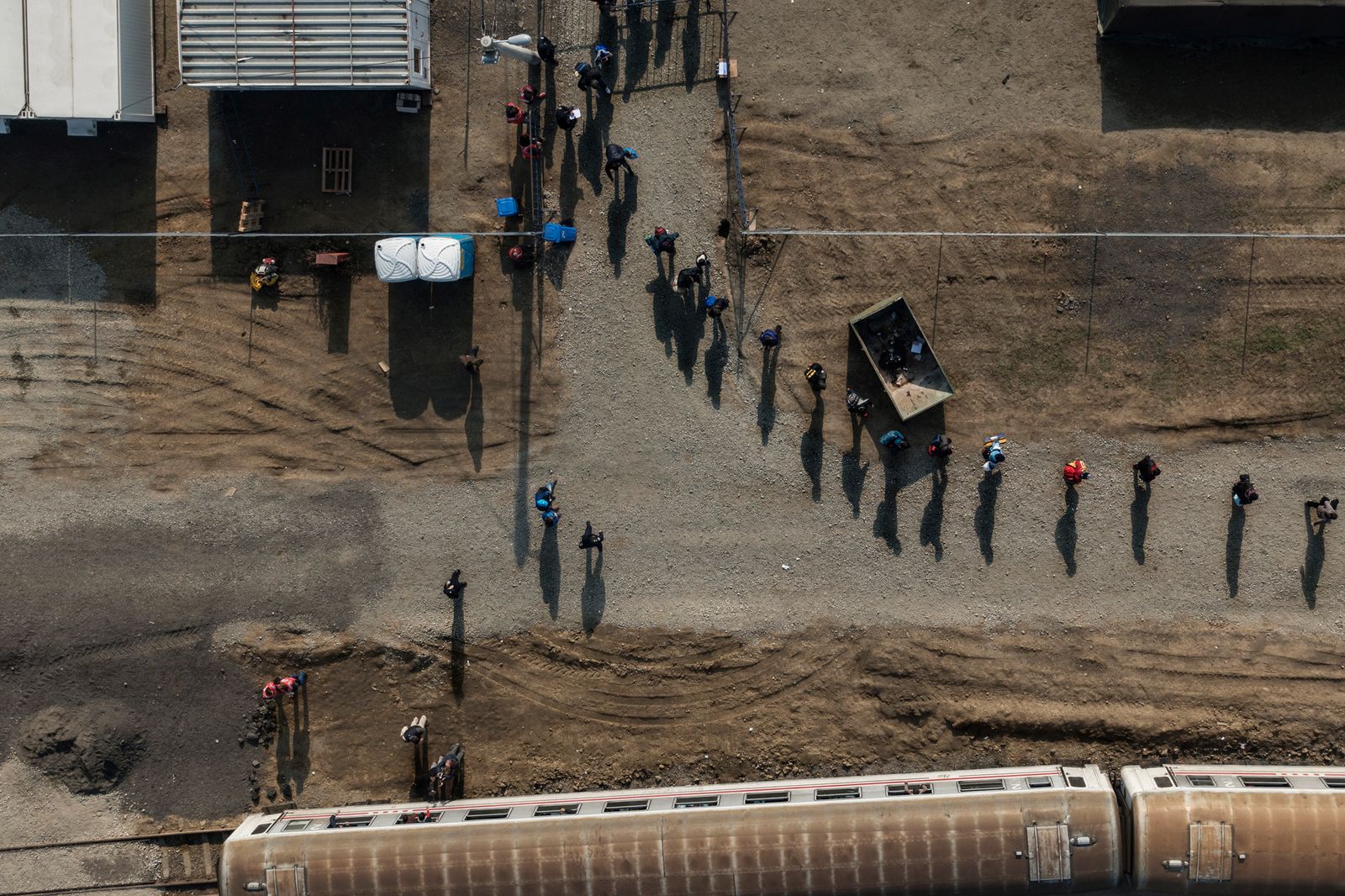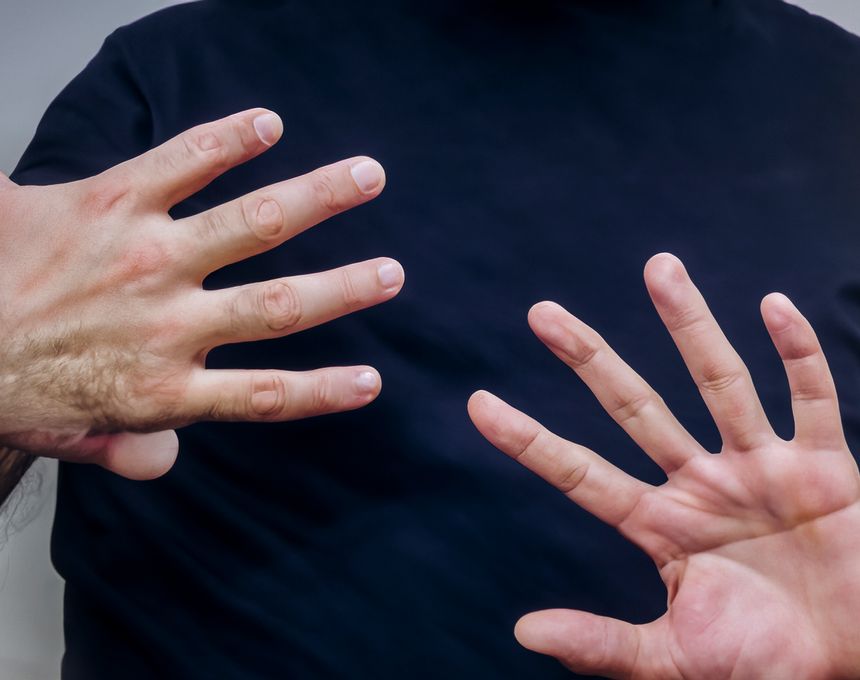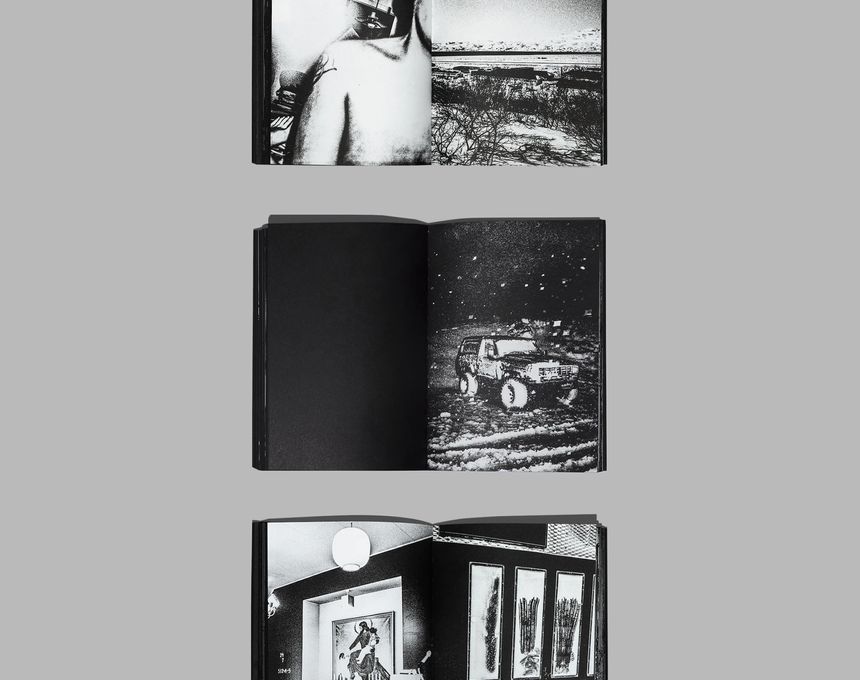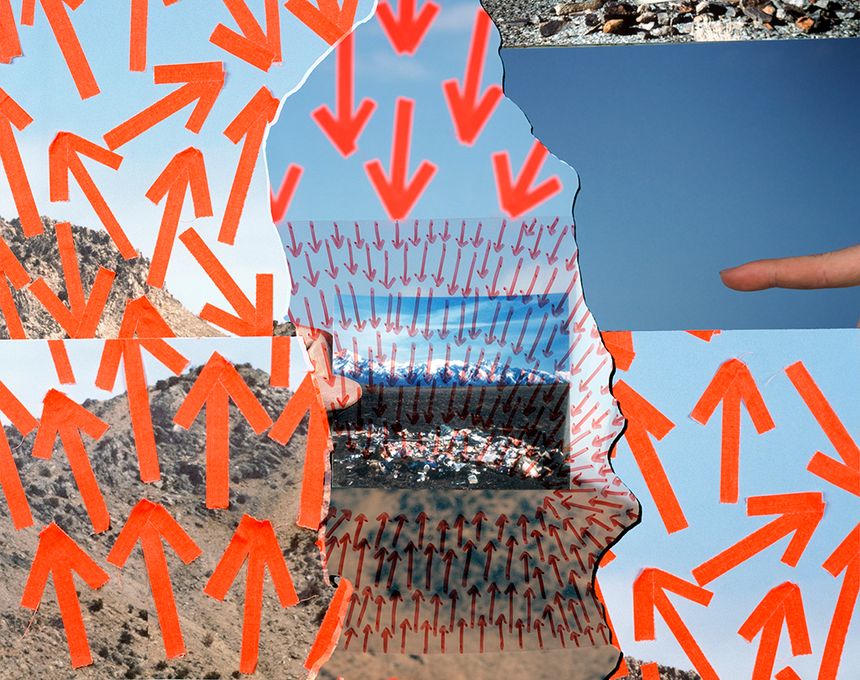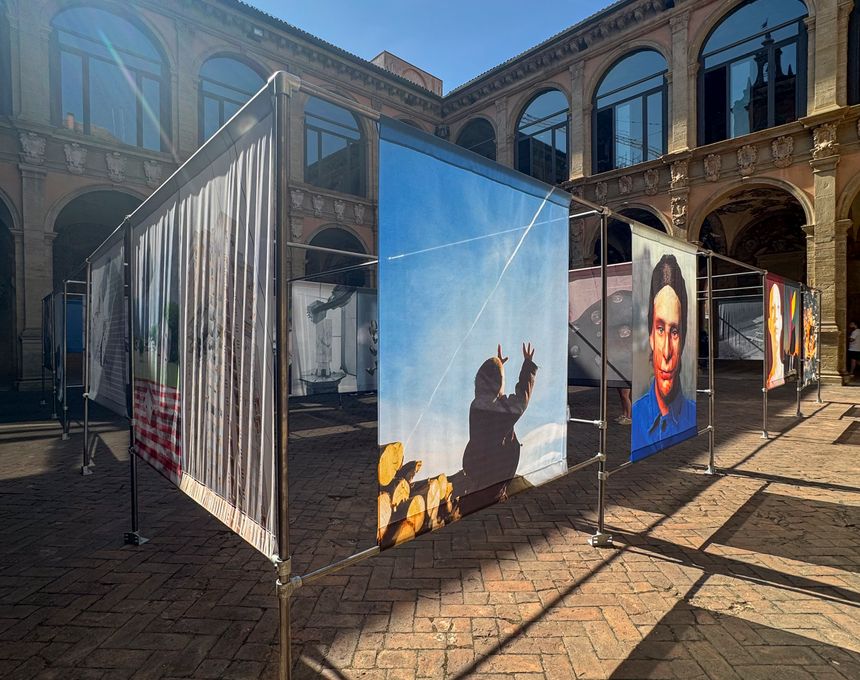Europe's New Borders
-
Published3 Aug 2016
-
Author
The PHmuseum 2016 Grant winner Rasmus Degnbol speaks to us about Europe's New Borders, a story about the humanitarian crisis in Europe.
The PHmuseum 2016 Grant winner Rasmus Degnbol speaks to us about Europe's New Borders, a story about the humanitarian crisis in Europe.
Rasmus is an award winning documentary photographer, author and filmmaker focusing on new-age storytelling. He is a masterclass mentee at the world-renowned VII Photo Agency in New York (2014-2015) and he primarily works on long term projects on human rights issues. Rasmus works for such international media clients as The New York Times, Economist, and Nat. Geo.
In your statement, you mentioned that having been born in Europe during the 80’s, where you experienced very little migration, played an important part in the process of your project. Can you elaborate?
My point is that the Europe we see now is very different than the unified one I grew up in. During the nineties and noughties the borders became more and more open. I can't remember the last time I showed my passport anywhere in the EU - until last year. I found it very odd that we, as westerners, go around the world, enforcing our human rights and refugee convention on others, but when it's suddenly happening in our countries, the same rules suddenly don't apply anymore. I've seen this shift over the last 10 years, and when the crisis kicked in last spring in full effect, I knew this would have some major implications on our borders and how we perceive them.
You photographed the entire series with a custom-made drone. Why did you decide to use this perspective? Can you talk a little about the execution of the image taking?
I knew that I wanted to stay clear of the news stream and make a project that, instead of talking about the individual refugees or migrants, questions our political ability to live by what we've spent the last 60 years developing - it was clear that I was thinking of the borders in a more topographical and militarian way - and the view from the drone is exactly that. It's a dehumanized situation seen from a dehumanized view.
The actual images take a lot of planning - normally 3-4 days on location. I use googlemaps and other applications to calculate when the sun will make the right angled shadows, as the images would otherwise be flat and hard to decode. I spent a lot of time researching all the local stories that didnt reach the international media, again to stay clear of headline news, but also to make sure the project showed the scale of what is happening at almost every border in Europe.
Briefly talk about some of the biggest challenges you faced while shooting Europe’s New Borders, which is the winner of the PHmuseum Grant 1st Prize.
By far it was getting permission to fly the drone at what is a military installation at a highly intense time. If I didn't get permission - which happened a lot, as most governments would just ignore my request - I would again choose my timing wisely because I would NOT get a second chance flying at that location. The drone itself freaks police and border-patrols out, and I've spent my fair share of time explaining what I was doing and why.
When you photograph ongoing social issues, when do you know you have photographed enough to tell the viewers what you have witnessed?
I don't think you are ever done, but at some point your interest, or the story, runs out. For me, all my stories come out of personal interests or curiosities - when that stops I end the project. With this one, I knew that when I finished part 1 last December I wasn't finished - I took some time off it to refresh my energy and started it again in April and will finish it in the autumn. Is that the end? I don't know, but I feel its getting closer to telling the full story now.
As a photographer you cover a rather wide variety of fields, such as commercial, video, and documentary. How do you differ your personal work from assignment work?
I view it as different tools, nothing else. My commercial work allows me the freedom of doing stories like this one, having a decent life - and taking out 6 months in a year requires some funding, and I fund my own personal work myself. I know which rules I have to follow when making journalistic and documentary work and of course follow these, but using my eyes to make commercial work also is just a different way of working. My heart though is in documentary for sure.
What is next for you? Will you continue working with the topic of migration?
I'm still working on part 2 of this project and I have a smaller personal project planned during the winter. I'm thinking and researching for the moment - and again when I find something that sparks my curiosity I know I have my next project.
To learn more about this project, visit Rasmus' PHmuseum profile
